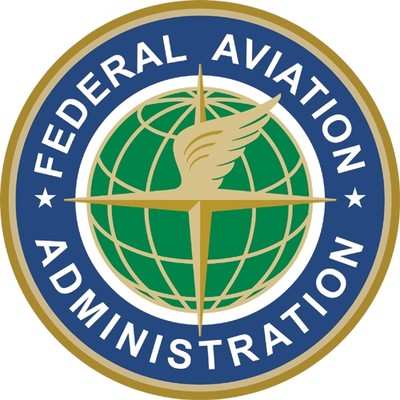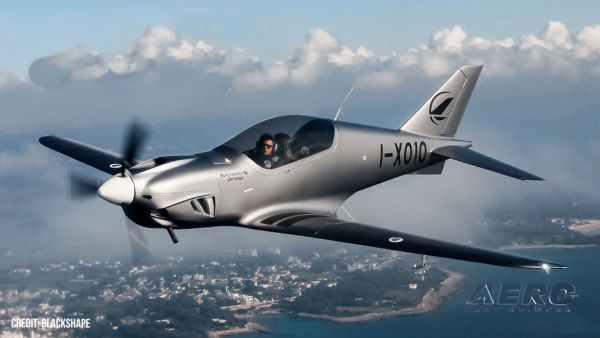Will Allow GA Pilots To Fly Without Holding An FAA Medical Certificate ... Under Certain Conditions
Some have called it the "Holy Grail" to resuscitating General Aviation ... and after a long, long wait, it's finally here. The FAA has issued a final rule that allows general aviation pilots to fly without holding an FAA medical certificate as long as they meet certain requirements outlined in Congressional legislation.

“The United States has the world’s most robust general aviation community, and we’re committed to continuing to make it safer and more efficient to become a private pilot,” said FAA Administrator Michael Huerta. “The BasicMed rule will keep our pilots safe but will simplify our regulations and keep general aviation flying affordable.”
Until now, the FAA has required private, recreational, and student pilots to meet the requirements of and hold a third class medical certificate. They are required to complete an online application and undergo a physical examination with an FAA-designated Aviation Medical Examiner. A medical certificate is valid for five years for pilots under age 40 and two years for pilots age 40 and over.
Beginning on May 1, pilots may take advantage of the regulatory relief in the BasicMed rule or opt to continue to use their FAA medical certificate. Under BasicMed, a pilot will be required to complete a medical education course, undergo a medical examination every four years, and comply with aircraft and operating restrictions. For example, pilots using BasicMed cannot operate an aircraft with more than six people onboard and the aircraft must not weigh more than 6,000 pounds.
A pilot flying under the BasicMed rule must:
- possess a valid driver’s license;
- have held a medical certificate at any time after July 15, 2006;
- have not had the most recently held medical certificate revoked, suspended, or withdrawn;
- have not had the most recent application for airman medical certification completed and denied;
- have taken a medical education course within the past 24 calendar months;
- have completed a comprehensive medical examination with a physician within the past 48 months;
- be under the care of a physician for certain medical conditions;
- have been found eligible for special issuance of a medical certificate for certain specified mental health, neurological, or cardiovascular conditions, when applicable;
- consent to a National Driver Register check;
- fly only certain small aircraft, at a limited altitude and speed, and only within the United States; and
- not fly for compensation or hire.
The July 15, 2016 FAA Extension, Safety, and Security Act of 2016 directed the FAA to issue or revise regulations by January 10, 2017, to ensure that an individual may operate as pilot in command of a certain aircraft without having to undergo the medical certification process under Part 67 of the Federal Aviation Regulations, if the pilot and aircraft meet certain prescribed conditions outlined in the Act.
The FAA and the general aviation community have a strong track record of collaboration. The agency is working with nonprofit organizations and the not-for-profit general aviation stakeholder groups to develop online medical courses that meet the requirements of the Act.
(Source: FAA news release)
 ANN's Daily Aero-Linx (05.06.25)
ANN's Daily Aero-Linx (05.06.25) ANN's Daily Aero-Term (05.06.25): Ultrahigh Frequency (UHF)
ANN's Daily Aero-Term (05.06.25): Ultrahigh Frequency (UHF) ANN FAQ: Q&A 101
ANN FAQ: Q&A 101 Classic Aero-TV: Virtual Reality Painting--PPG Leverages Technology for Training
Classic Aero-TV: Virtual Reality Painting--PPG Leverages Technology for Training Airborne 05.02.25: Joby Crewed Milestone, Diamond Club, Canadian Pilot Insurance
Airborne 05.02.25: Joby Crewed Milestone, Diamond Club, Canadian Pilot Insurance



